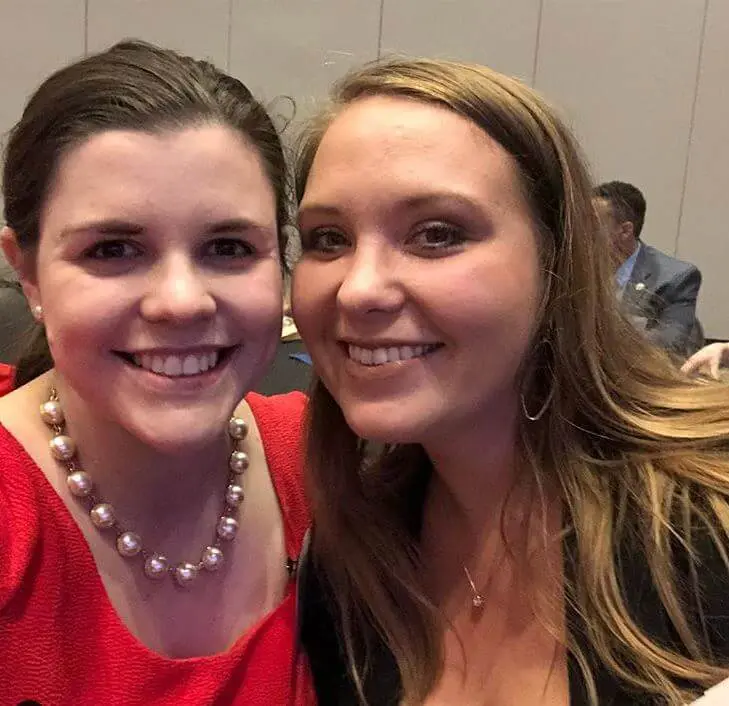Everyone already knows that the communication between client/vendor/employee (insert your audience of choice here) can be its own artform. And of course, many of us struggle with the translation of personal communication to that of a business environment… and I’m definitely included. The client/service provider relationship can make things especially tricky. It can be a challenge to position yourself, your firm and your project in the manner in which you intend when your service reputation is on the line with everything you say and do.

The specific audience and the subject you’re focused on will generally dictate the style and tone of the communication artform that you’re using, but there are some simple rules that can help us all engage our audience more effectively. I call it the 3 L’s of Communication:
- Listen. Sure, it’s simple enough letting someone speak and paying attention to it. But do we really hear the depth and breadth of what someone saying? Do we understand it, absorb it and comprehend it? Some people speak in tones and conversational gestures or innuendos that are difficult to decipher, while others might never give you something straight just to test you to see what you’re made of. There’s gestures, innuendo, sarcasm and a mouthful of terms to describe how someone might tell you something. So take a moment, shut your own mouth and listen… not just with your ears, but with every sense you’ve got.
- Learn. As you’re spending a few moments paying attention to what someone is saying, think about the context. Consider what frame of mind they are coming from, their point of view or the environment that nurtured it. What can you gather from the information that goes beyond the words? Put yourself in their shoes. Think about the challenge they’re presenting, the struggle they might be facing or simply how you can relate to them through similar or even divergent experiences.
- Lead. Leadership shouldn’t be misconstrued as dominance. Of course it should include walking someone towards a successful path, but depending on your position in conversational hierarchy it might simply be words of encouragement, an idea to solve a problem, a well timed but honest laugh or constructive criticism. Leadership is a willingness to grab the ball and run with it, to dig for answers or to drive for success. Leading may result in knowing when the person across from you doesn’t share the same values and it’s time to move on. It could be understanding when someone can help you as much as you might be able to help them and it might include offering suggestions that they don’t like but having the confidence to say what you think is the right course of action, regardless of the ramifications.
All 3 L’s require an underlying commitment. You’ve got to actually care about the conversation you’re having. A successful interaction doesn’t have to end in a successful business transaction, an unequivocal solution or a lasting friendship, but anyone you talk to will know that you’re genuinely engaged. A commitment to the 3 L’s is a commitment to a meaningful conversation and a relationship (business or otherwise) built on trust.


